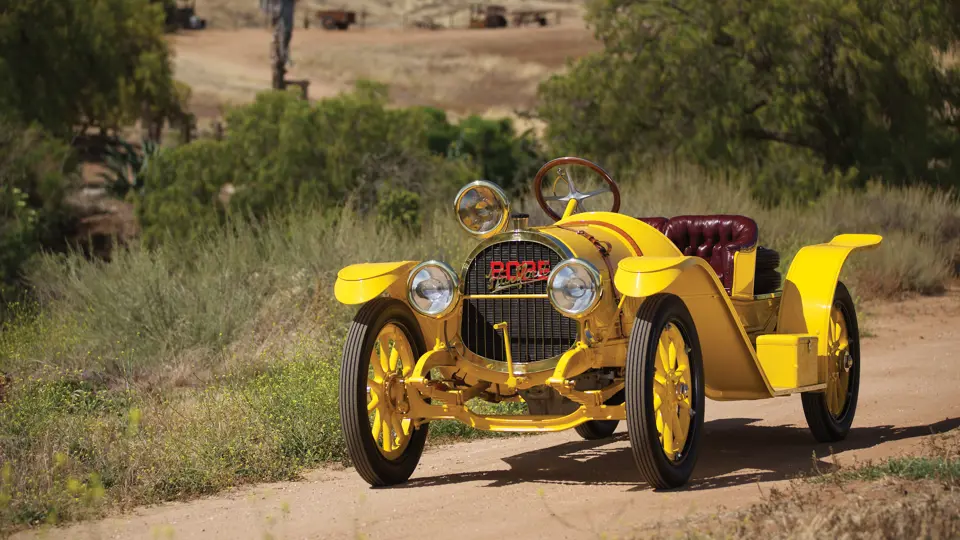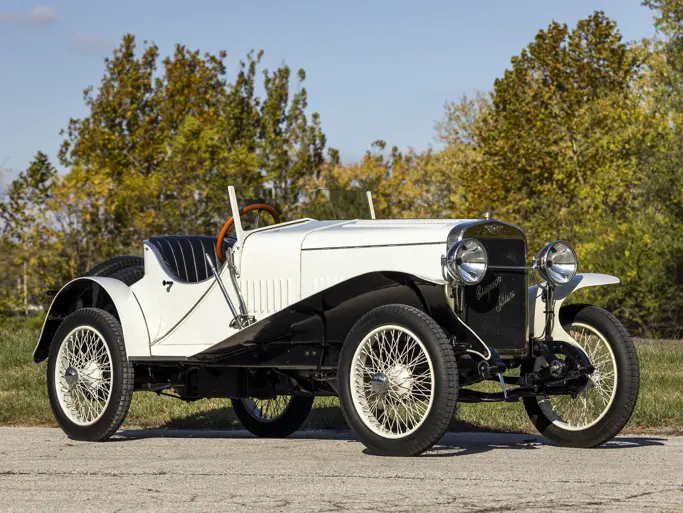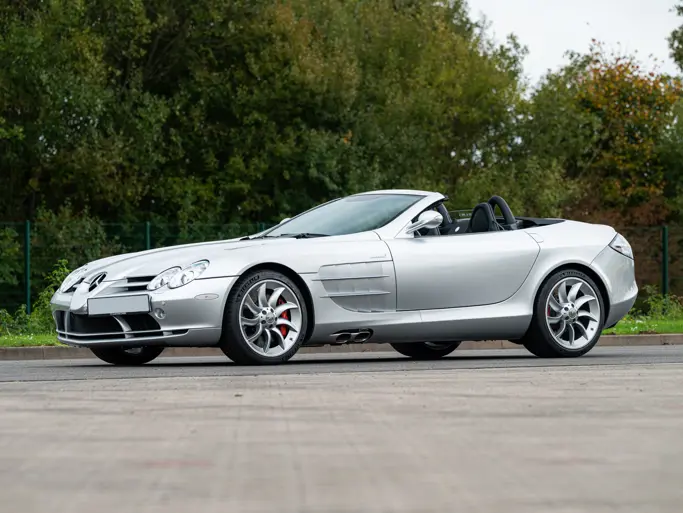Colonel Albert Pope was a bicycle manufacturer in Hartford, Connecticut. Eventually he consolidated 45 such companies into a “bicycle trust,” that prospered briefly before the “bicycle bust” of 1903, brought on by oversupply, undermined the industry. But Pope was already thinking ahead. In 1897 he had placed an electric car on the market, under the name “Columbia,” the same used for his bicycles. Columbia electrics, and a few gasoline models, enjoyed a brief vogue before being overtaken by the Stanley-designed Locomobile steamer as America’s best-selling car. In 1903, the Colonel embarked on a scheme to build automobiles in many cities using his own name.
The first of these was the Pope-Hartford, its surname taken from its home city. A prototype single-cylinder car was running in the summer of 1903 and was introduced to the market shortly afterwards. A runabout style was designated Model A, a tonneau tourer called Model B. Following up on the success of his single-cylinder Models A and B, Colonel Albert Pope introduced a two-cylinder Model D Pope-Hartford for 1905. Designed by chief engineer Lindley D. Hubbell, it was a five-passenger touring car on an 88-inch wheelbase. Charles Walker, the company sales manager, drove one on the 1905 Glidden Tour, earning a First Class Certificate.
For 1906, a $2,500 four-cylinder Model F was introduced. A 20- to 25-hp car, it was marketed opposite Buick and Oldsmobile. This year, company secretary Wilbur C. Walker, Charles’s brother, took part in the Glidden Tour with a Model F. Bettering his siblings result from 1905, he received a Silver Medal for being among the 13 contestants with perfect scores.
The Pope Manufacturing Company fell on hard times in 1907. The company was under siege by its creditors and was in receivership until November 1908, when it emerged as the new Pope Manufacturing Company of Connecticut. At that year’s New York Auto Show the company had exhibited three 30-hp four-cylinder models, a Model R five-seat tourer, Model M four-seater, and a Model NI seven-passenger car. In 1909, the new Model S adopted a subtly sculpted radiator design that would herald the make for the rest of its life.
Colonel Pope was not enamored of motorsports, but he supported the Vanderbilt Cup races, allowing his Ohio subsidiary to enter two Pope-Toledos in the 1904 and 1905 races. Their best effort was a third-place finish in 1904. Two factory cars, with a new 50 horsepower engine, entered the 1910 Vanderbilt, driven by Jack Fleming and Bert Dingley.
One of the most sought-after Pope-Hartford models is the Portola Roadster. Named for the short-lived Portola Road Race, in and around Oakland, California, it epitomizes the cars with which Pope went racing. The Portola race was first held in October 1909. The Pope factory did not enter, but the California distributor prepared a stock Model T roadster from the 1910 product line. Driven by employee Jack Fleming, the car won the race at an average speed of 64.51-mph on local roads. Later that same year, the factory did enter two cars in the Vanderbilt Cup Race on Long Island, New York, driven by Fleming and well-known driver Bert Dingley. A Pope also competed in the 1913 Indianapolis 500. Entered by Frank Fox, a local competitor, it was driven by Howdy Wilcox, another local boy who had driven a National in both the 1911 and 1912 500s. The Pope finished sixth.
Owners and dealers, however, had been competing with Pope-Hartfords for some years. A Model F had won its class at the 1906 Dead Horse Hill Climb in Worcester, Massachusetts, and E.H. Hotchkiss won a four-mile handicap race at Ormond Beach in Florida in 1908.
This stunning yellow Portola Roadster was a project of the Taliaferro family in southern California in the late 1970s. Comprising all genuine Model 31 parts, it was bodied in the style of the famous racecar and took part in the “Baja 500” in Mexico in the early 1980s. Not a race per se, the Baja 500 was a tour organized by Bill Evans, and Frank Taliaferro drove the car, which performed admirably.
It was sold to Roger May of Tempe, Arizona, a former president of the Horseless Carriage Club of America, around 1992. The current owner purchased it in 1994 and commenced a nut-and-bolt restoration, which took five years to complete. The engine, a 300 cubic inch OHV four, was rebuilt by Tom Holthouse, with aluminum pistons, new babbit, a modern cam grind and a new balanced clutch. It has been driven just 200 miles since completion.
Never toured or raced, the car has been shown at Pebble Beach and The Quail. It has also received Best of Show or First Place awards at many shows, including Hillsborough, Niello and Half Moon Bay. Impressive and beautiful, it exhibits exceptional detail in fit and finish: paint, pinstriping, brass, leather, genuine hardwoods and clear finishes.



 | Santa Monica, California
| Santa Monica, California


